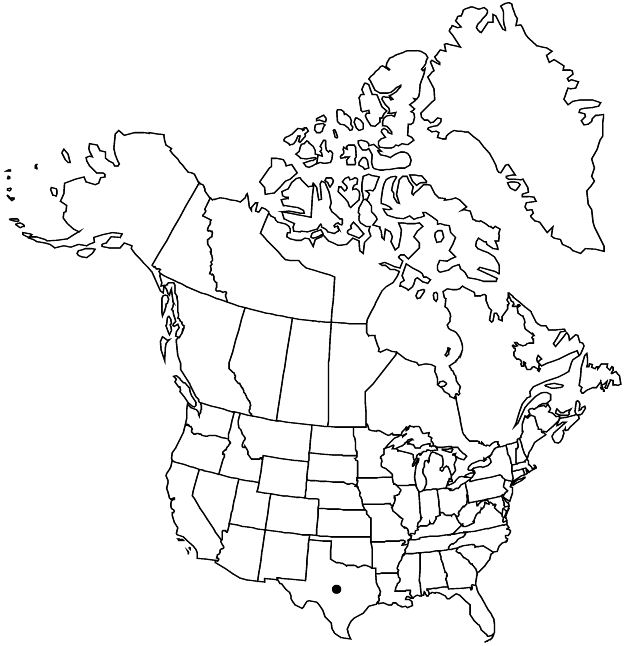Euphorbia velleriflora
Prodr. 15(2): 40. 1862.
Herbs, perennial, with strongly thickened and lignified rootstock. Stems prostrate, usually mat-forming, terete to slightly flattened and winged, to 30 cm, villous to pilose. Leaves opposite; stipules distinct or connate at base, 2-fid to laciniate into 2–5 linear to subulate divisions, 0.5–1 (–2) mm, glabrous or villous; petiole 0.5–2 mm, villous; blade usually ovate to oblong, rarely suborbiculate, 5–13 × 4–8 mm, base asymmetric, hemicordate, margins serrulate, apex obtuse, surfaces villous; 3-veined from base, usually only midvein conspicuous. Cyathia solitary at distal nodes or at nodes of leafy, congested, axillary branches; peduncle 1–1.5 (–2.5) mm. Involucre turbinate, 0.9–1.4 × 0.7–1.1 mm, villous; glands 4, pink, oblong to reniform, 0.1–0.2 × 0.3–0.4 mm; appendages white to pink, flabellate, ovate, or oblong, 0.3–0.5 × 0.4–0.7 mm, distal margin entire, crenulate, or erose, often puberulent-ciliate. Staminate flowers 8–12. Pistillate flowers: ovary villous; styles 0.2–0.4 (–0.5) mm, 2-fid 1/2 length. Capsules broadly ovoid, 1.5–1.9 × 1.3–1.7 mm, villous (uniformly so, but most pronounced toward base and along keels); columella 1.2–1.4 mm. Seeds white to gray or pink, narrowly pyramidal-ovoid, 4-angled in cross-section, 1.1–1.3 × 0.4–0.6 mm, rugulose with shallow depressions separated by inconspicuous transverse ridges.
Phenology: Flowering and fruiting summer.
Habitat: Disturbed habitats, particularly roadsides, grasslands, live oak-thorn scrub.
Elevation: 50–80 m.
Distribution

Introduced; Tex., Mexico, Central America (Guatemala)
Discussion
Euphorbia velleriflora is native and widespread from northern Mexico to Guatemala. The species is apparently a recent introduction in southern Texas (W. R. Carr and M. H. Mayfield 1993), as the first records are from the 1990s. It is also expected in southern Arizona due to the presence of collections made a few kilometers south of the border in the Mexican state of Sonora. Euphorbia velleriflora is very similar to E. stictospora, and the two are sometimes confused. The two can be readily distinguished on the basis of their styles: unbranched in E. stictospora and 2-fid in E. velleriflora. Also, the involucral gland appendages of E. velleriflora are ciliate with short hairs, whereas those of E. stictospora are glabrous.
Selected References
None.
Lower Taxa
"connate" is not a number. "distinct" is not a number."/2" is not declared as a valid unit of measurement for this property.